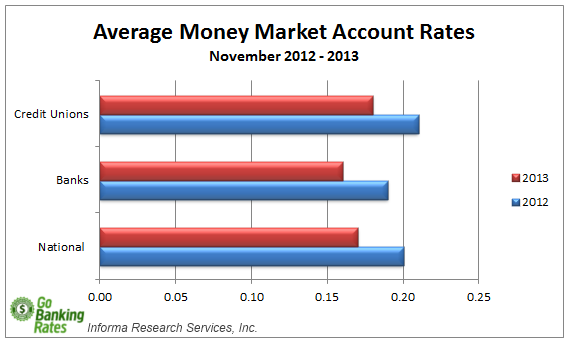

Certificate of Deposit (CD)ĬDs can be comparable to money market accounts in terms of interest rates. The majority of checking accounts aren’t interest-bearing, and the ones that are earn minimal APY compared to many money market accounts. Some money market accounts come with checking account perks, like debit cards for ATM access and check-writing privileges.Īgain, the interest earned by money market accounts is a major difference between the accounts. Customers who want to keep their money accessible for day-to-day transactions should stick with a checking account for those funds. Money market accounts don’t work that way since they traditionally have been subject to monthly transaction limits. Traditional checking accounts are for everyday transactions. And you usually will have check-writing privileges and a debit card. The biggest difference between the two accounts is that money market accounts typically offer a higher Annual Percentage Yield (APY), especially the best money market accounts offered by online banks. High-Yield Savings AccountĪ money market account is not the same as the traditional savings account you’re probably used to.

Here’s a look at how they compare to traditional bank accounts offered by most full-service banks.

Money market accounts offer slightly different features than those found with other bank accounts. How a Money Market Account Compares to Other Bank Accounts However, banks and credit unions may still impose a fee if the usual monthly limit is exceeded. However, in response to the COVID-19 crisis, and to make it easier for consumers to tap their savings, in April 2020 the Federal Reserve announced an interim final rule to suspend the Regulation D limit on monthly money market account withdrawals. Traditionally, money market accounts are limited to just six transfers or withdrawals per month (or statement cycle) thanks to Regulation D. Transaction Limits for Money Market Accounts Online banks may offer higher rates because they have less overhead than traditional banks. Money market accounts are available from brick-and-mortar banks and credit unions, as well as many online banks. Money kept in money market accounts is accessible when you need it, without incurring a withdrawal penalty, as you might with a certificate of deposit. Typically, interest on money market accounts is compounded daily and paid monthly.

As customers deposit funds in a money market account, they earn interest on those funds. Money market accounts work like other deposit accounts, such as savings accounts. Not meant for use as an everyday spending account, money market accounts offer some flexibility so you can access funds when you need them, but they also are subject to federal transaction limits. Eligible money market accounts are FDIC-insured up to $250,000 per depositor, for each account ownership category, so your funds are protected in the event of a bank failure. Money market accounts let you grow your money more quickly, but without the uncertainty tied to investment accounts.
#MONEY MARKET ACCOUNT PLUS#
You have the interest-earning power of a high-yield savings account, plus many money market accounts come with a debit card and check-writing privileges. Think of a money market account as a hybrid account, often mixing the best features from both savings and checking accounts. Typically, money market accounts also have higher minimum balance requirements. What Is a Money Market Account?Ī money market account is a type of account that tends to offer a higher interest rate than traditional savings accounts. Here’s a closer look at money market accounts, how they compare to other bank accounts and why they might be the right banking solution for you. That doesn’t seem like much, but keep in mind that the best money market accounts offer up to 1.30% to 1.51% APY. The national average interest rate for savings accounts under $100,000 as reported by the FDIC is currently just 0.06%, while money market accounts sit at 0.09%. Money market accounts present a way for consumers to accelerate interest-earning through potentially higher-yielding rates. If you’ve ever opened a traditional savings account at a local bank, you probably realized quickly that it takes a lot of money and time to earn much in the way of interest.


 0 kommentar(er)
0 kommentar(er)
